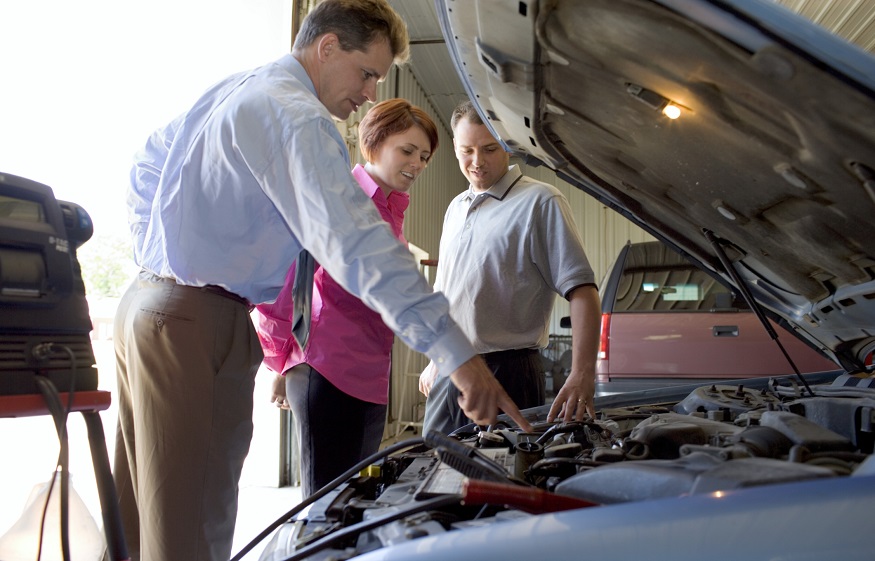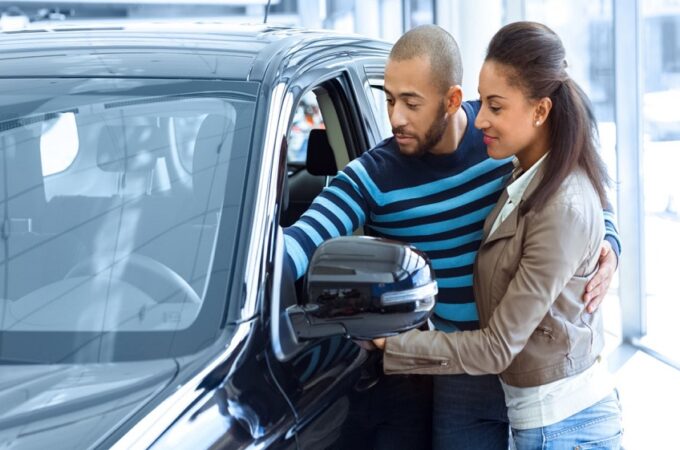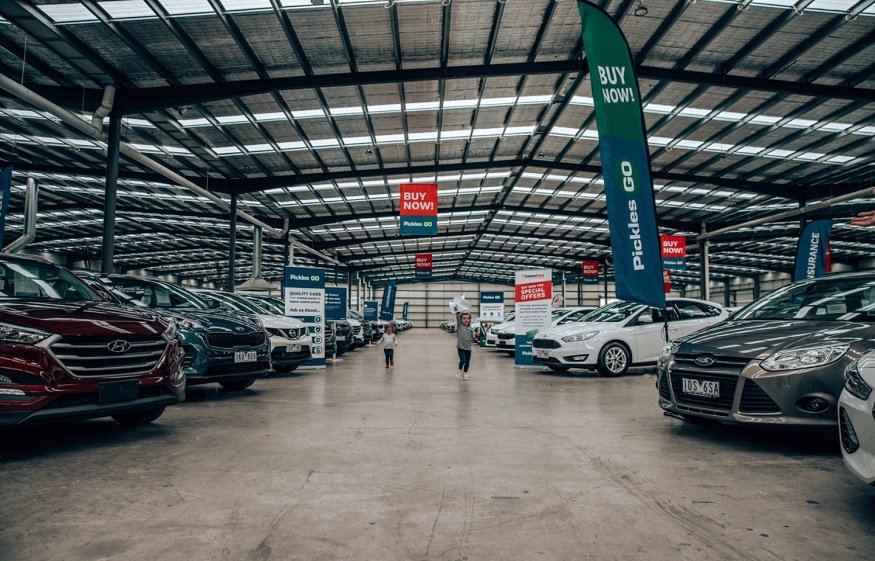
Check a used car before buying
Finding a used car in good condition is not a matter of luck. First, take the time to do a thorough research on the vehicle model that interests you. With this guide, learn how to easily spot potential problems and determine the reliability of a used vehicle. This will save you costly and stressful repairs. The following tips are here to help you avoid buying a wreck, and help you find a car that is good value for money.
In this comprehensive guide, we go through step by step how to check a used car before you buy.
Buying a car can be an overwhelming experience. Buying a used car then requires extra vigilance and preparation. By analyzing various physical and mechanical categories before purchasing your next used car, you will ensure that you cover all of the more sensitive aspects and get the best price.
If you are not sure, bring a friend for help. If possible, perform your inspection in daylight, in dry weather. Indeed, the lots illuminated by the projectors can give the cars a shiny appearance and hide possible body defects. Before starting the inspection, make sure the car is parked on a level surface, and that it has been stationary for at least an hour.
Learn about the different car models!
So you will be prepared! If the car model you are interested in is known to have certain faults or problems, you will only need to pay close attention to these components during the inspection.
On the other hand, find out about the average price of the car you are interested in. Examine the cost range for cars that are in great condition and those that are in poor condition. This way you will begin your research well prepared and informed. Having a good idea of the price fluctuation depending on the condition of the vehicle, its options or even its age will give you the confidence to start negotiations!
Now let’s move on to the Complete Guide to Inspecting a Used Car Before Buying a Used Car.
If possible, find the place where the car is usually parked. Check that there is not marked by old fuel spills , oil to liquid cooling or transmission fluid . In contrast, the clear water flowing under the car on a hot day is likely condensed water from the air conditioner. Nothing serious !
Check the exhaust pipe for residue . If it’s black and greasy, it’s burnt oil. The burr on the exhaust pipe should be dry and dark gray in color. The presence of a lot of rust may be a sign that the exhaust system needs to be replaced.
Make sure the vehicle is on level ground and kneel down. If the vehicle is high enough, you may be able to do some basic checks underneath. Once under the vehicle, take note of anything that hangs or comes loose under the car. This is also a good time to inspect the underbody of the car for r
Spread an old blanket on the ground and look under the engine with a flashlight. If you see drops of oil , the oil leakage of liquid green or red on the engine or on the floor under the car, it’s not a good sign.On a front-wheel drive car , examine the constant speed universal joint boots inside the front wheels. They are round, black, rubber bellows at the ends of the axle shafts. If the boots are cracked and there is a grease leak, assume the car has faulty CV joints. This is another expensive repair.
Structural elements with kinks and large dents in the floor or fuel tank all indicate a past accident. Welding to the frame suggests that a damaged section may have been replaced or cut to perform repair work. A fresh underlayment can hide recent structural repairs.
Examine the body
Check every body panel and roof for scratches, dents, and rust. The color and finish of the paint should be uniform and not have ripples.all cosmetic blemishes and light scratches aren’t a concern, but rust is. Check the outer body, also inspect the wheel arches, the sills under the doors and the bottom of the doors. Bring a flashlight to see if there is rust inside the wheel arches Check the exterior lights
Check mirrors and windows
Carefully examine the windows and side mirrors of the vehicle to make sure there are no cracks or large signs of impact. A small shard of stone might not be a cause for concern, but you should talk about it when negotiating the price. This is because the cracks in the windshield get worse and lead to an expensive repair.
Test the doors
Open and close each door, hood and trunk. Gently lift and release each door, especially the driver’s door. If it feels loose on its hinges , the car has been used a long time or hard. Inspect any rubber gasket to make sure it doesn’t tear or rot.
Open the trunk
Open the trunk and look under the carpet to see if there is any water damage. Pay attention to odors, as water damage will lead to mold. Be on the lookout for any other water damage inside, as it could be due to holes or other leaks in the trunk.
Check the chassis
Finally, when you check the exterior of the car, you should be aware of any damage to the chassis. Chassis damage is a sign that the car has been in an accident. Avoid buying cars that show signs of chassis damage.
Carefully examine where the body parts and panels meet on the car . The space between the hood and the fender should be small and narrow. All body panels should be aligned and even and fit together like a puzzle. If not, it could mean repair or replacement.



